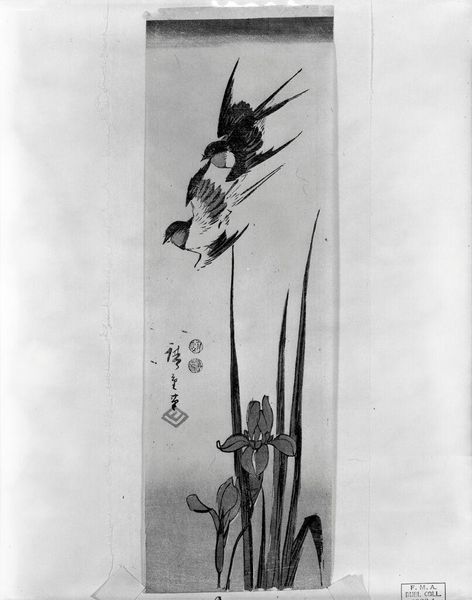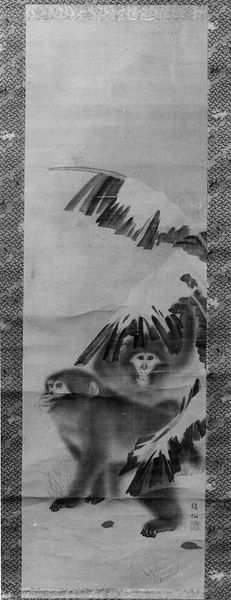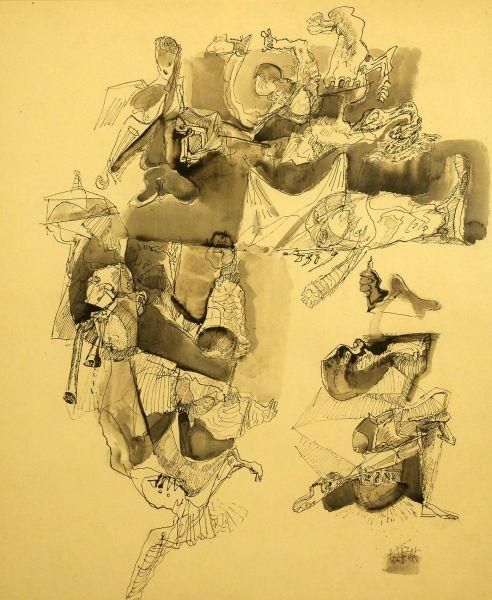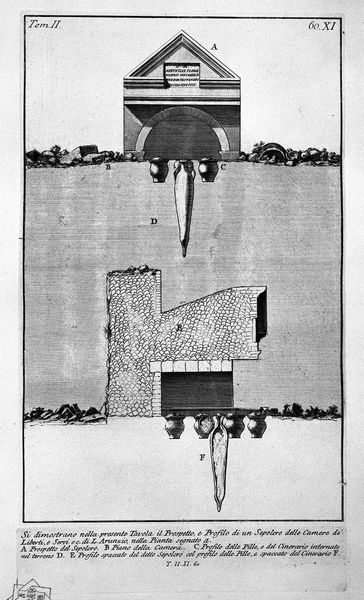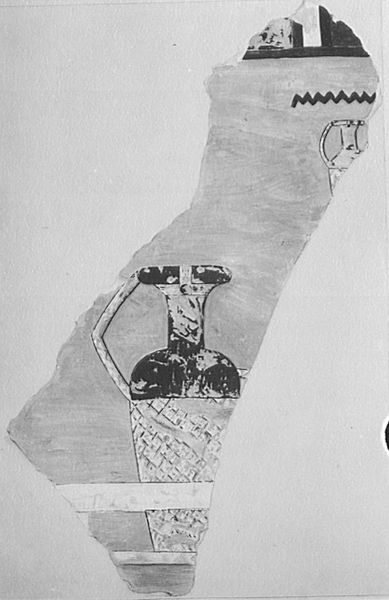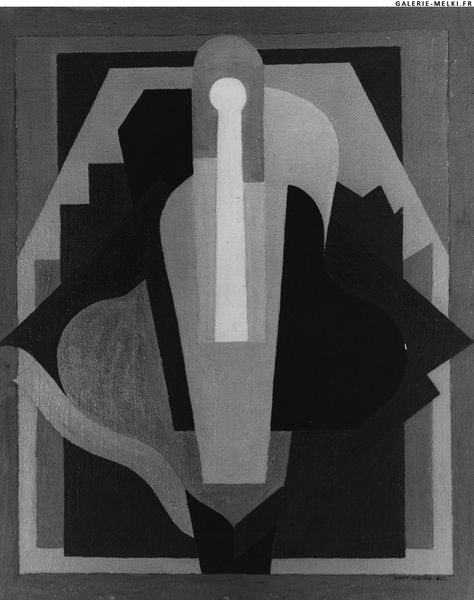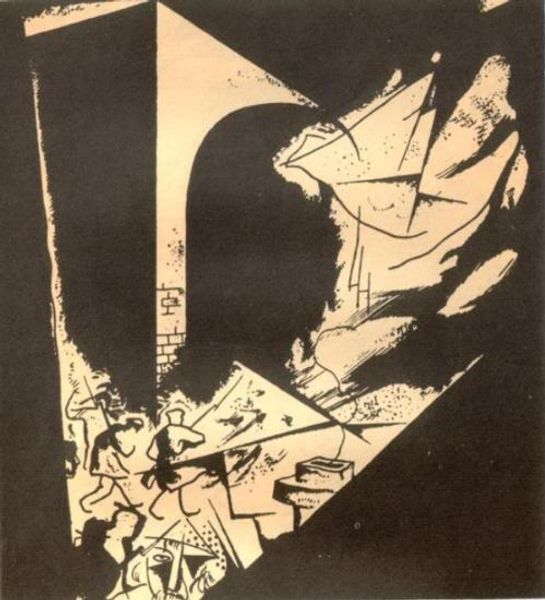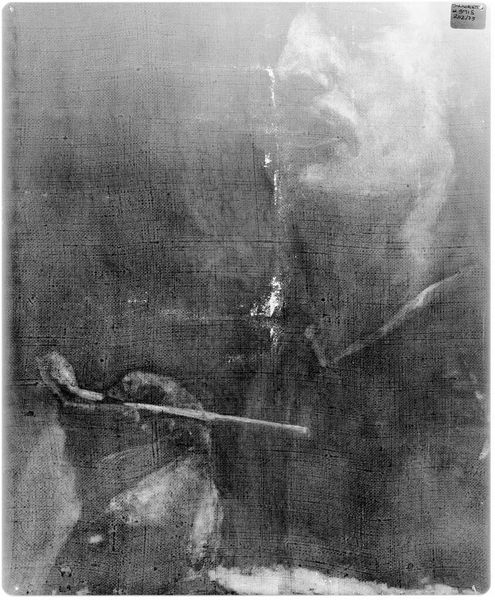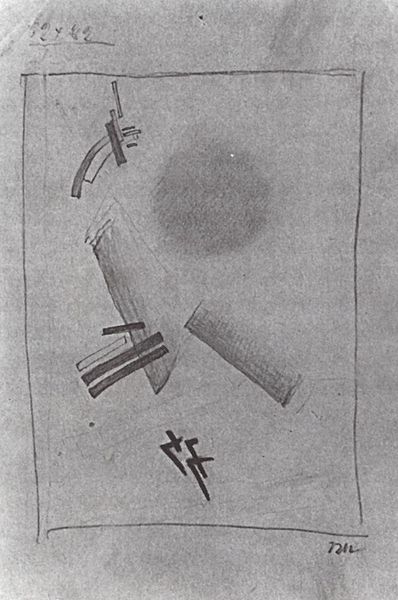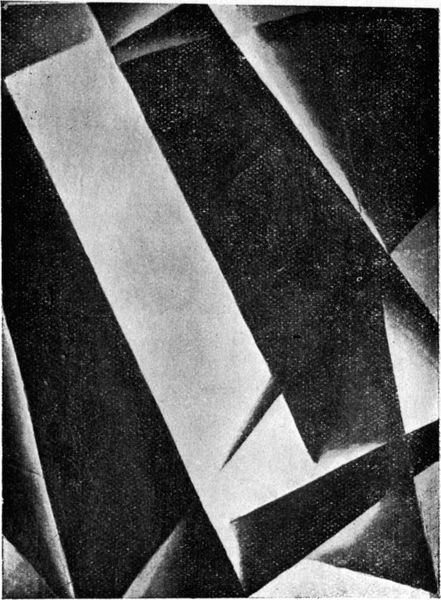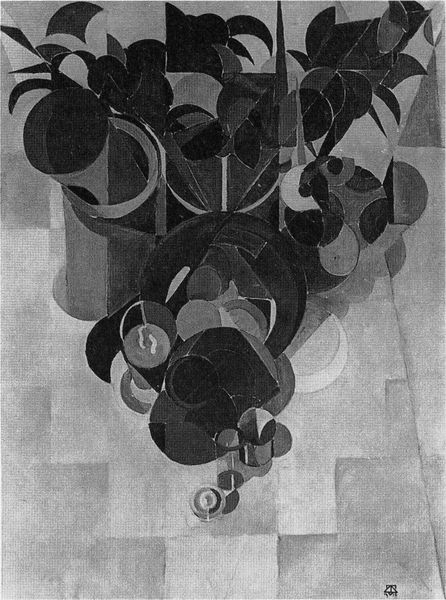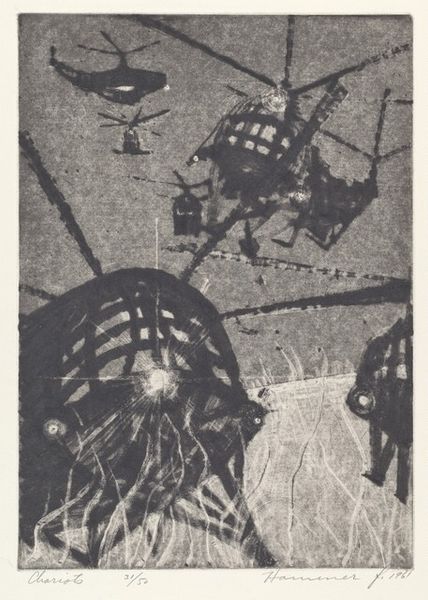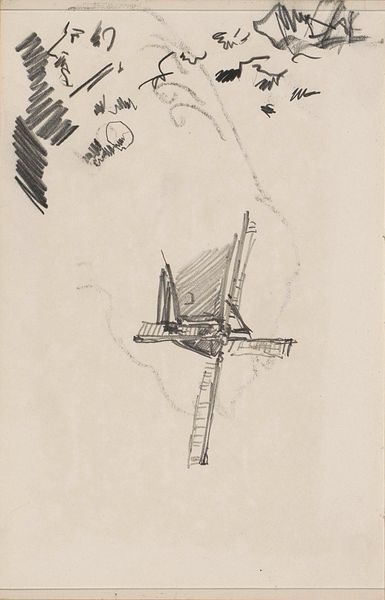
photography, photomontage
#
allegories
#
figuration
#
photography
#
photomontage
#
abstraction
#
surrealism
Copyright: Public domain
Curator: Moholy-Nagy's 1925 photomontage, "The Dream of a Girls' Boarding School," is a strikingly unusual image, wouldn’t you agree? Editor: Yes, immediately striking. It's got a real sense of the uncanny, a disquieting, surreal atmosphere. The figures seem to float weightlessly against the stark background. Curator: Indeed. Moholy-Nagy, as part of the Bauhaus, was experimenting with the capabilities of photography to reshape our understanding of the world, emphasizing new materials and techniques. Note the process of layering disparate photographic elements, a direct manipulation that speaks to a new era of artistic production. Editor: And that era was rife with social upheaval and questioning of established norms. The image reads like a coded critique of institutional spaces, specifically boarding schools and the enforced conformity imposed upon young women within those environments. The stark contrasts between the regimented rows of figures above and the acrobatic, individualistic ones below speaks volumes about societal constraints and rebellion. Curator: Precisely. The photomontage technique allows Moholy-Nagy to create these jarring juxtapositions. The ordered masses of the "girls" in uniform juxtaposed with the seemingly freeform movements of other figures hints at a desire to break free. Editor: There's a powerful commentary on gender and control embedded within this collage. It's a dream, yes, but one tinged with a struggle for agency, the women caught between prescribed roles and aspirations. Curator: That resonates strongly with Moholy-Nagy's broader artistic project – how the mechanical and industrial materials transform human existence. Even dreams were impacted, reassembled via mass-reproducible images. Editor: I think we can look beyond just materials to a focus on power structures and constraints, highlighting the nuances of freedom and suppression in the early 20th century. Curator: It all converges in the artist’s material manipulation that also opens space for broader social critique, certainly something to contemplate further. Editor: Absolutely, and a striking reminder of the intertwined relationship between material practice and social consciousness in art.
Comments
No comments
Be the first to comment and join the conversation on the ultimate creative platform.

